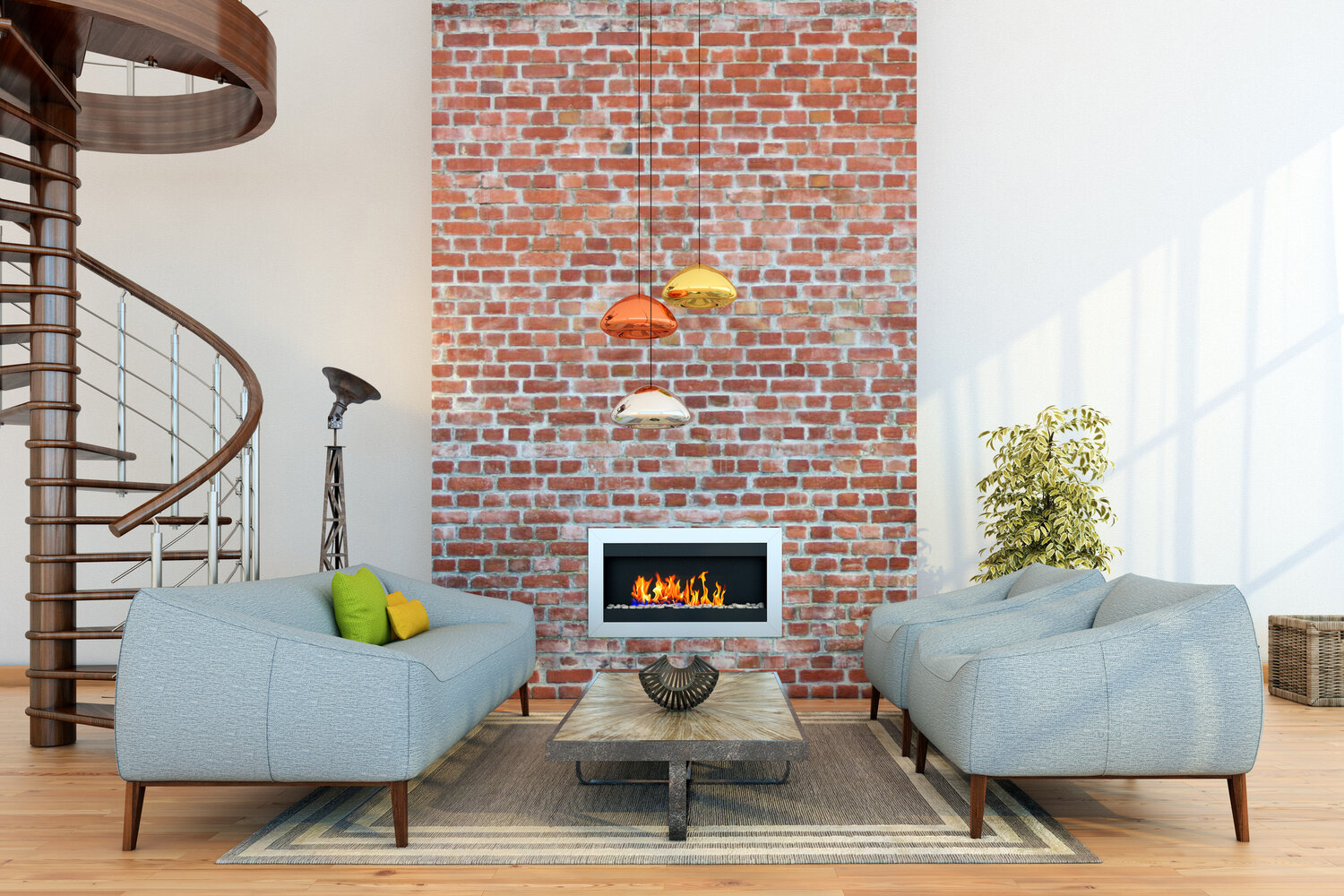Making your home more environmentally friendly isn’t just good for the planet—it’s also beneficial for your wallet and overall quality of life. Sustainable home improvements can significantly reduce your carbon footprint while cutting down on utility bills and creating a healthier living environment. From simple changes like upgrading to LED lighting to major renovations using sustainable materials, there are countless ways to make your house greener. This article explores practical eco-friendly renovation options that can transform your living space into an energy efficient home without sacrificing comfort or style.
Understanding the Benefits of Green Home Upgrades
Before diving into specific improvements, it’s worth understanding why sustainable home improvements matter. An eco-friendly renovation does more than just reduce environmental impact—it typically improves indoor air quality, enhances comfort, and increases your home’s value. Energy efficient homes are increasingly sought after in the real estate market, with buyers willing to pay premium prices for properties that promise lower utility bills and reduced maintenance costs. Additionally, many green home upgrades qualify for tax incentives, rebates, or special financing options, making them more affordable than you might expect. As homeowners become more environmentally conscious, implementing these changes represents an investment in both the present comfort and future value of your property.
Energy-Efficient Windows and Insulation
One of the most impactful sustainable home improvements involves addressing your home’s thermal envelope. Up to 30% of a home’s heating and cooling energy is lost through windows, while poor insulation can waste countless more energy dollars every year. Upgrading to ENERGY STAR certified windows with double or triple glazing, low-E coatings, and proper weather stripping can dramatically reduce energy loss. For even greater efficiency, consider cellular shades or thermal curtains as additional window treatments. As for insulation, adding or upgrading attic insulation offers the highest return on investment, though insulating walls, floors, and crawlspaces also contributes significantly to creating an energy efficient home. Many homeowners report saving 15-20% on heating and cooling costs after properly insulating their homes, making this a relatively quick-payback improvement in the journey toward a greener home.
Water Conservation Features
Water conservation is a critical component of any eco-friendly renovation project. Low-flow fixtures can reduce water usage by 30-50% without sacrificing performance. Consider installing low-flow toilets, showerheads, and faucet aerators throughout your home. For a more substantial upgrade, tankless water heaters provide hot water on demand while using 30% less energy than conventional storage models. Rainwater harvesting systems represent another green home upgrade that can significantly reduce water consumption, particularly for garden irrigation. A simple rain barrel can collect thousands of gallons annually, while more sophisticated systems can be integrated with your home’s plumbing for non-potable uses. According to experts at AskHomey, water-saving improvements typically pay for themselves within just a few years while substantially reducing your environmental impact.
Sustainable Flooring and Materials
When undertaking an eco-friendly renovation, your choice of materials makes a significant difference. For flooring, consider sustainable options like bamboo, cork, reclaimed wood, or natural linoleum made from linseed oil. These materials are renewable, biodegradable, and often more durable than conventional alternatives. When remodeling kitchens or bathrooms, look for countertops made from recycled glass, paper composite, or sustainably harvested wood. For cabinetry, seek FSC-certified wood products or consider refacing existing cabinets rather than replacing them entirely. Paint and finishes should be low-VOC or zero-VOC to maintain healthy indoor air quality. Many manufacturers now offer eco-friendly building materials that perform as well as or better than traditional options, making it easier than ever to complete green home upgrades without compromising on aesthetics or functionality.
Renewable Energy Systems
Perhaps the ultimate sustainable home improvement is generating your own clean energy. Solar panels continue to decrease in price while increasing in efficiency, making them accessible to more homeowners. A typical residential solar system can offset 70-100% of electricity usage, with many systems paying for themselves within 7-10 years. For homes in suitable locations, small wind turbines or micro-hydro systems offer alternative renewable options. Even if you’re not ready for a full renewable energy system, consider solar-powered outdoor lighting or a solar water heater as an intermediate step. Some utility companies offer green power purchasing options, allowing you to support renewable energy development without installing equipment. When planning an energy efficient home, investigating these renewable options should be part of your long-term strategy for reducing environmental impact and achieving energy independence.
Smart Home Technology for Efficiency
Modern technology offers powerful tools for optimizing your home’s resource usage. Smart thermostats learn your schedule and preferences, automatically adjusting temperature settings to minimize energy consumption while maintaining comfort. Advanced models can save 10-15% on heating and cooling costs. Smart power strips eliminate phantom energy draw from electronics when not in use, while smart lighting systems allow precise control over illumination levels and timing. Water leak detectors can prevent catastrophic waste, and smart irrigation controllers adjust watering schedules based on weather conditions. These technologies represent relatively low-cost sustainable home improvements that can deliver significant efficiency gains. By monitoring and optimizing resource usage in real-time, smart home systems help eliminate waste without requiring major lifestyle adjustments.
For more tips and to connect with reliable home service professionals, follow AskHomey on Facebook and Instagram.



